- Home
- Gary Paulsen
This Side of Wild
This Side of Wild Read online
THANKS
FOR DOWNLOADING THIS EBOOK!
We have SO many more books for kids in the in-beTWEEN age that we’d love to share with you! Sign up for our IN THE MIDDLE books newsletter and you’ll receive news about other great books, exclusive excerpts, games, author interviews, and more!
CLICK HERE TO SIGN UP
or visit us online to sign up at
eBookNews.SimonandSchuster.com/middle
CONTENTS
INTRODUCTION: Alone
PREFACE: The Learning Process
CHAPTER ONE: A Confusion of Horses, a Border Collie named Josh, a Grizzly Bear Who Liked Holes, and a Poodle with Three Teeth
CHAPTER TWO: A Very Young Soldier, a Very Old Man, a Mynah Bird Named Betty, and Gretchen
CHAPTER THREE: Hollywood and the Woman/Dog Who Knew Hemingway; Then Four Hundred Sheep and Floating Louise and the Coyote That Made Louise Hate Me
CHAPTER FOUR: On Birds, and Bees, and Rest Area Non-negotiated Hostile Existence
CHAPTER FIVE: On the Need for a Murder of Ravens to Maintain Control of Just About Everything; and Laughing Dinosaurs
INTERROGATUM: Three Things to Learn
About Gary Paulsen
To Mike Kelly—who knows
—G. P.
To those who can hear the primal call of the wild and the inspiration and humble majesty it bares
—T. J.
INTRODUCTION: ALONE
I crossed the Pacific Ocean the first time when I was seven years old, in 1946. We, my mother and I, were headed to meet my father in the Philippine Islands, where we would live for three years. Because flying was still very risky and extremely expensive, we took a troop ship filled with soldiers and sailors, which fairly crawled across the water.
The Pacific was—and is, of course—huge; it’s the largest single entity on the planet. All the land masses of all the other parts of the earth would easily fit in it with water left over. The ship, as the cliché says, was very small, and on the ship, I was correspondingly even more tiny, so that one would think I would feel dwarfed, alienated in some way.
In fact, just the opposite happened: I loved it. The incredible blue that stretched up and away to the horizon drew me in, embraced me, made me feel that I was a part of it, and I remember sitting day after day (my mother was almost clinically seasick) in the bow of the rusted old Victory ship (it had just gone through the entire Second World War and had survived—barely), marveling that such a thing would be, could be. In the distance now and then I would see dolphins; closer in, flying fish; and still closer, at the stern, sharks waiting for the daily garbage from the galley. But they did not seem to be part of my relationship with the ocean; they seemed separate in some way.
The ocean was what drew me then, and I knew it would pull me in all my life. Later, when I discovered sailing, it was completely natural that I would sail on the Pacific by myself. It was like coming home.
And it was here, three hundred miles off the coast of California in a twenty-two-foot Schock-designed sloop, sailing single-handed, that I would come to know—to know—how small a part of everything I really happened to be.
It was night, cloudless but with a marine layer of haze that dampened even any light from the stars. Pitch-dark, inside-of-a-dead-cow black-night dark, and as it so often seemed to happen, the wind completely stopped. Not only was the wind dead around me but dead for hundreds of miles to the north as well, for there were no swells, no motion whatsoever in the water coming down from the north. The boat drifted in aimless, small circles, as still as if we were on a tiny pond in somebody’s yard. I had never seen it so still and quiet, and I poured a cup of hot tea from my thermos and sat sipping it, thinking in all the world—in all the planets in all the worlds—I was alone, completely and vastly and wonderfully alone.
Alone.
And precisely at that moment a young gray whale, completely unsuspected, unheard, came up alongside and lay his or her head across the stern of the boat, virtually in my lap, pushing the boat down so hard it seemed about to roll over. Then, blowing a huge spout of snotty air, it slid backward off the boat and back under the water and was gone.
I remember precisely what happened next.
I stopped breathing.
And I spilled my tea.
And I realized we are never quite alone.
PREFACE: THE LEARNING PROCESS
Finally, after many attempts and filled-out forms for the military bureaucracy, I had been given permission to ride on a horse and explore that portion of the great southern desert known as Mcregor Missile and Bombing Range, which is located north and slightly east of El Paso, Texas. It has been in use almost constantly since the Second World War, or nearly, and is pocketed with craters from explosions and spotted here and there with blue painted target bombs that were not meant to explode but simply made a puff when they landed.
More important for my uses, the area had once, in prehistory, been along a water course that flowed past a series of tall buttes, fed in an unmeasured ancient prehistory by mountain streams and snowmelt that has long since dried up. In that long-ago time, the people who lived along this course worked at making pottery, and there was wonderful beauty in it. The people, however, had not learned to make pottery-curing ovens to bake it. Instead they would pile the freshly formed and painted pots interlaced with sun-dried mesquite and make a bonfire of the whole pile.
Some of the pots would make it and would be fired and ring true to a testing finger snap and be useful for gathering food and carrying water. Others, perhaps most of the clay pots, from the way it appeared, cracked and broke into shards in the crude heat and were left in clumps in the desert. The ash blew and washed away, leaving the shards to cure in the heat and sun for the hundreds, perhaps thousands, of years down to the present.
Many of the shards were of significant size—two, three inches across—large enough so that the patterns and beauty of the design could still be easily seen and appreciated. Always in brown or black or gray earth pigments, the patterns themselves would be lightning bolts, or snake lines, or rippling water signs, or dancing clouds, or line drawings of deer or small animals or lizards. . . .
They were . . . all . . . incredibly beautiful. The law forbade taking any of the shards, which seemed particularly absurd, considering they were smack in the middle of a bomb and missile range, bound to be hit and destroyed eventually. But that, the likelihood of their temporary nature, perhaps made them even more powerful in their beauty.
I sketched and memorized some of them and rode endless miles over many days from shard pile to shard pile and came to realize that there were many similarities among them, as if people in one area were trying to mimic or communicate with people from another—should they see one another’s pots. And farther north, sixty or seventy miles, there was a place called Three Rivers, where there were thousands of petroglyphs on a shallow ridge, and many of those drawings seemed very like the drawings on the shards.
Maps, I thought, to water or good soil or good hunting? Messages of joy or happiness or love? Or portraits of lives?
At first I became enthralled and then, finally, obsessed. I found pile after pile of shards, worked intently from one to the next, and was so caught up in it that soon the mare I was riding caught it from me, started looking for signs of the little piles of clay shards as day after day we made search patterns back and forth across the desert. I slept in the horse trailer with her alongside in a wire corral at night, fed her hay from the back of my old truck and water from plastic jerricans, and each day we set off in a new direction: out five to seven miles, over half a mile, then back, pile to pile, trying to learn more about these ancient people, what the art said, meant. . . .
Until.
&nbs
p; I carried ration water for traveling in a plastic tube in back of my saddle cantle and watered her in my hat. It was a hot, muggy day, and I realized suddenly that the mare had been sweating excessively and needed water. At the same moment, she and I spotted a new pile of shards along a small gully some ten feet ahead, and I felt her interest quicken as I pulled her over and swung off to the ground, thinking to water her first before looking at the pottery, my eyes on the shards that lay in a generally larger pile than some of the others.
I undid the water tube, took one, two steps toward her front end, and felt the click/slam/push of a rattlesnake hitting my ankle. It hit me in silence, then rattled. . . .
And changed my whole life.
I do not have an inordinate fear of snakes, not even rattlers. In fact, I kind of like them. They have their own living to make—and it is a hard one, living two inches off the ground, no legs, every animal an enemy—and I have mine. I have seen many of them, along with other venomous snakes, and we have always gotten along.
More, still more, I dress sensibly in snake country, wearing high boots, not reaching under rocks without looking closely first. And as a point of fact, on this day, I had heavy cowboy riding boots on, which adequately covered any area a snake would hit.
But there it was. He struck. He hit me, tried to do bodily harm to me, and logic, sense, all thinking went right out the door, and I reacted automatically, in sheer, stark terror.
I leaped.
I did not jump, or hop, or run—I leaped like a gazelle. I swear I was four feet off the ground, curving in slow motion, with a kind of death-welcoming grace, and I looked down as I moved up, expecting to see him going away.
No.
Instead he was coming with me! I was wearing good boots, as I said, and heavy jeans over that, and he had penetrated the jeans with his fangs, and both fangs had curved over when he hit the hard leather of the boot, curved back and tangled in the jeans.
I went crazy.
Understand, I had not been bitten. He did not get through the boot. Everything was fine.
But I went absolutely, stark raving mad. I had jumped away, I thought, and yet he was still there.
I shook.
First my ankle, then my leg, then my whole body, whipping the snake back and forth, up and down, around and around as I rose—like a great, spastic animal, shaking until when I came down, slammed down, I looked and he was gone.
I reached back to the saddle horn—the mare had stood still through all of this—and hung there, like a rag doll, and thought how grateful I was that he had not somehow bitten above the boot when I was flying around. Thought how I hoped he had a good home and would have a good and long life and how I hoped and prayed I would never see him again attached to my left ankle; I did not right then think—but would later—of the two very important lessons he had taught me in those few seconds.
First, always, always try to have what the army calls “situational awareness.” That is, try to know all that is around you. And second, always, always watch where you put your feet.
• CHAPTER ONE •
A Confusion of Horses, a Border Collie named Josh, a Grizzly Bear Who Liked Holes, and a Poodle with Three Teeth
First, a hugely diversionary trail:
Very few paths are completely direct, and this one seemed at first to be almost insanely devious.
The doctor diagnosed various problems, some lethal, all apparently debilitating, and left me taking various medications and endless rituals of check-ins and checkouts and tests and retests. . . .
Which drove me almost directly away from the whole process. I moved first to Wyoming, a small town called Story, near Sheridan, where I kept staring at the beauty of the Bighorn Mountains, accessed by a trail out of Story, and at last succumbed to the idea of two horses, one for riding and one for packing.
The reasoning was this: I simply could not stand what I had become—stale, perhaps, or stalemated by what appeared to be my faltering body. Clearly I could not hike the Bighorns, or at least I thought I could not (hiking, in any case, was something I had come to dislike—hate—courtesy of the army), and so to horses.
My experience with riding horses was most decidedly limited. As a child on farms in northern Minnesota, I had worked with workhorse teams—mowing and raking hay, cleaning barns with crude sleds and manure forks—and in the summer we would sometimes ride these workhorses.
They were great, massive (weighing more than a ton), gentle animals and so huge that to get on their backs we either had to climb their legs—like shinnying up a living, hair-covered tree—or get them to stand near a board fence or the side of a hayrack (a wagon with tall wheels and a flatbed used for hauling hay from the field to the barn) so we could jump up and over onto their backs.
Once we were on their backs, with a frantic kicking of bare heels and amateur screaming of what we thought were correct-sounding obscenities—mimicked from our elders—and goading, they could sometimes be persuaded to plod slowly across the pasture while we sat and pretended to be Gene Autry or Roy Rogers—childhood cowboy heroes who never shot to kill but always neatly shot the guns from the bad guys’ hands and never kissed the damsels but rode off into the sunset at the end of the story. We would ride down villains who robbed stagecoaches or in other ways threatened damsels in distress, whom we could save and, of course, never kiss, but ride off at the end of our imagination.
The horses were—always—gentle and well behaved, and while they looked nothing like Champion or Trigger—Gene’s and Roy’s wonderful, pampered, combed, and shampooed lightning steeds (Champ was a bay, a golden brown, as I remember it, and Trigger was a palomino, with a blond, flowing mane and tail)—we were transformed into cowboys. With our crude, wood-carved six-guns and battered straw garden hats held on with pieces of twine, imagined with defined clarity that the pasture easily became the far Western range and every bush hid a marauding stage robber or a crafty rustler bent on stealing the poor rancher (my uncle, the farmer) blind.
Oh, it was not always so smooth. While they were wonderfully gentle and easy-minded, they had rules, and when those rules were broken, sometimes their retaliation was complete and devastating. On Saturday nights we went to the nearby town—a series of wood-framed small buildings, all without running water or electricity—wherein lived seventy or eighty people. There was a church there and a saloon, and in back of the saloon an added-on frame shack building with a tattered movie screen and a battery-operated small film projector. They showed the same Gene Autry film all the time, and in this film, Gene jumped out of the second story of a building onto the back of a waiting horse.
We, of course, had to try it, and I held the horse—or tried to—while my friend jumped from the hayloft opening in the barn onto the horse’s waiting back.
He bounced once—his groin virtually destroyed—made a sound like a broken water pump, slid down the horse’s leg, and was kicked in a flat trajectory straight to the rear through the slatted-board wall of the barn. He lived, though I still don’t quite know how; his flying body literally knocked the boards from the wall.
I personally went the way of the Native Americans and made a bow of dried willow, with arrows of river cane sharpened to needlepoints and fletched crudely with tied-on chicken feathers plucked from the much-offended egg layers in the coop, which I used to hunt “buffalo” off the back of Old Jim.
Just exactly where it went wrong we weren’t sure, but I’m fairly certain that nobody had ever shot an arrow from Old Jim’s back before. And I’m absolutely positive that no one had shot said arrow so that the feathers brushed his ears on the way past.
The “buffalo” was a hummock of black dirt directly in front of Jim, and while I couldn’t get him into a run, or even a trot, no matter what I tried, I’m sure he was moving at a relatively fast walk when I drew my mighty willow bow and sent the cane shaft at the pile of dirt.
Just for the record, and no matter what my relatives might say, I did not hit the horse in the back of
his head.
Instead the arrow went directly between Jim’s ears, so low the chicken feathers brushed the top of his head as they whistled past.
The effect was immediate and catastrophic. Old Jim somehow gave a mighty one-ton shrug so that all his enormous strength seemed to be focused on squirting me straight into the air like a pumpkin seed, and I fell, somersaulting in a shower of cane arrows and the bow, with a shattering scream on my part and hysterical laughter on the part of the boy with me.
“You looked like a flying porcupine!” he yelled. “Stickers going everywhere . . . You was lucky you wasn’t umpaled.”
Which was largely true and seemed to establish the modus operandi for the rest of my horse-riding life. I do know that I couldn’t get close to Old Jim if I had anything that even remotely resembled a stick for the rest of that summer.
Horses are unique in many ways, though—and I know there will be wild disagreement here—not as smart as dogs, certainly when it comes to math.
I knew nothing of them then and perhaps little more now. But one of those summers I experimented with rodeo.
I was not good at it, to say the very least, and for me it was a particularly stupid thing to do because I was indeed so incredibly bad at it, and I did not do it for any length of time.
I tried bareback bronc riding for a few weeks. I learned some things: I learned intimately how the dirt in Montana tasted and learned that next to old combat veteran infantry sergeants, rodeo riders are the toughest (and kindest and most helpful) people on earth.
But I learned absolutely nothing about horses. I rarely made a good ride, a full ride, but even if I had, you cannot learn much in eight seconds on an animal’s back. . . .
And so to the Bighorn Mountains.
• • •
It is probably true that all mountains are beautiful; there is something about them, the quality of bigness, of an ethereal joy to their size and scenic quality. And I have seen mountain ranges in Canada, the United States, particularly Alaska, have run sled dogs in them and through them and over them and have been immersed in their beauty as with the old Navajo prayer:

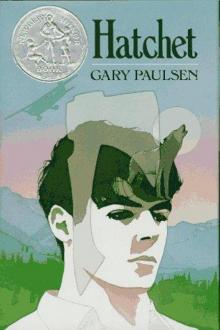 Hatchet br-1
Hatchet br-1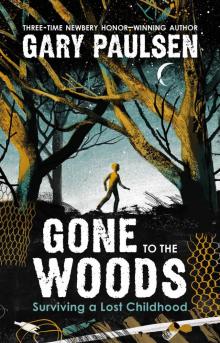 Gone to the Woods
Gone to the Woods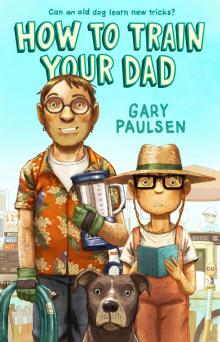 How to Train Your Dad
How to Train Your Dad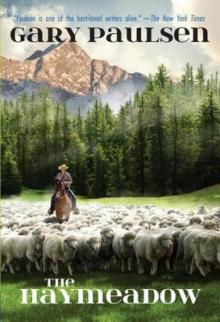 The Haymeadow
The Haymeadow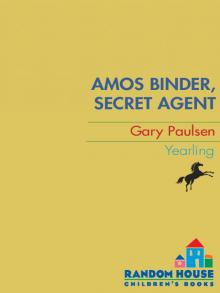 Amos Binder, Secret Agent
Amos Binder, Secret Agent The River br-2
The River br-2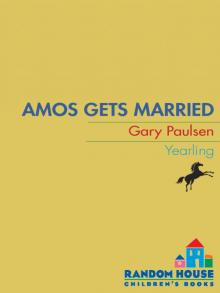 Amos Gets Married
Amos Gets Married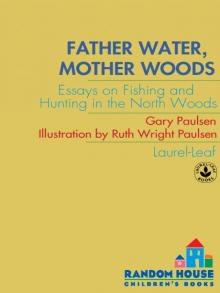 Father Water, Mother Woods
Father Water, Mother Woods Dunc and the Scam Artists
Dunc and the Scam Artists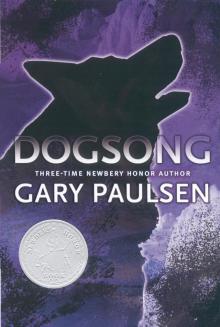 Dogsong
Dogsong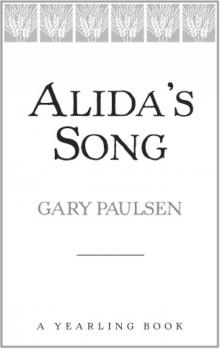 Alida's Song
Alida's Song The Wild Culpepper Cruise
The Wild Culpepper Cruise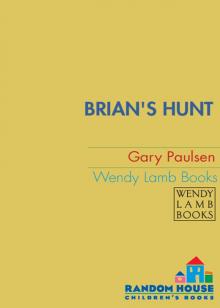 Brian's Hunt
Brian's Hunt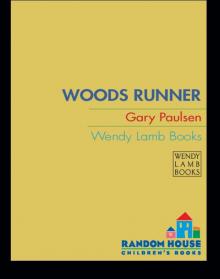 Woods Runner
Woods Runner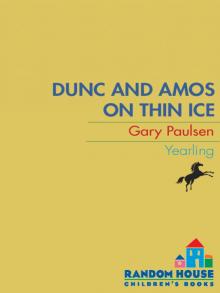 Dunc and Amos on Thin Ice
Dunc and Amos on Thin Ice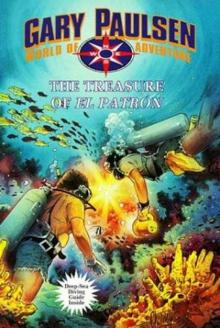 The Treasure of El Patron
The Treasure of El Patron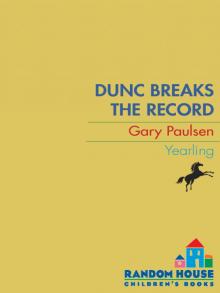 Dunc Breaks the Record
Dunc Breaks the Record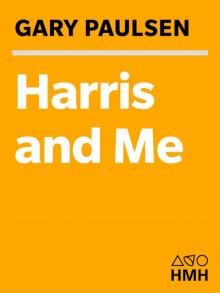 Harris and Me
Harris and Me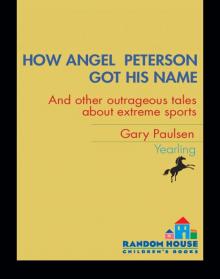 How Angel Peterson Got His Name
How Angel Peterson Got His Name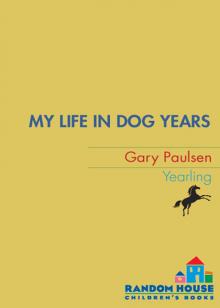 My Life in Dog Years
My Life in Dog Years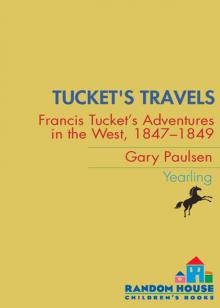 Tucket's Travels
Tucket's Travels Canyons
Canyons Dunc and the Flaming Ghost
Dunc and the Flaming Ghost The Schernoff Discoveries
The Schernoff Discoveries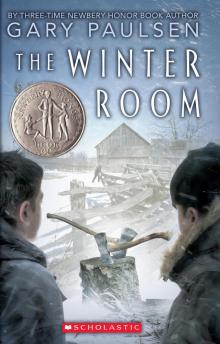 The Winter Room
The Winter Room Road Trip
Road Trip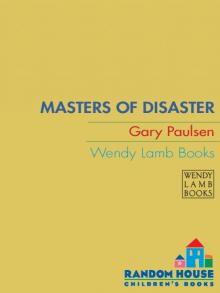 Masters of Disaster
Masters of Disaster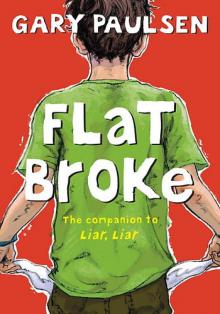 Flat Broke
Flat Broke Dunc and Amos Hit the Big Top
Dunc and Amos Hit the Big Top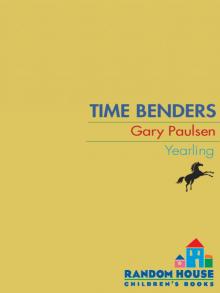 Time Benders
Time Benders Caught by the Sea
Caught by the Sea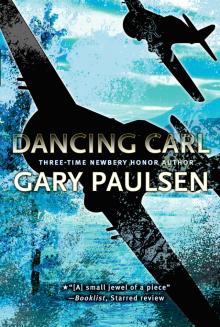 Dancing Carl
Dancing Carl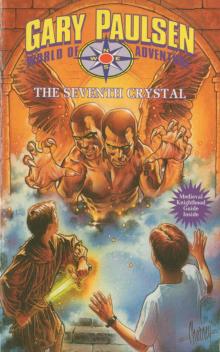 The Seventh Crystal
The Seventh Crystal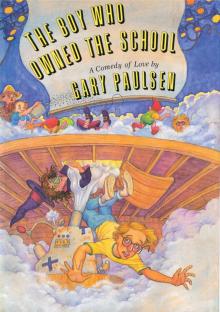 The Boy Who Owned the School
The Boy Who Owned the School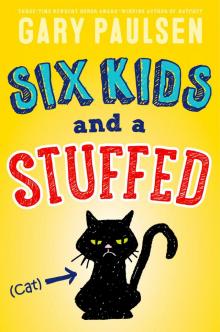 Six Kids and a Stuffed Cat
Six Kids and a Stuffed Cat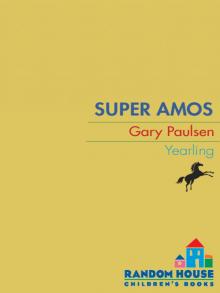 Super Amos
Super Amos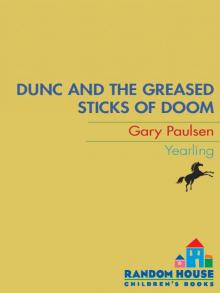 Dunc and the Greased Sticks of Doom
Dunc and the Greased Sticks of Doom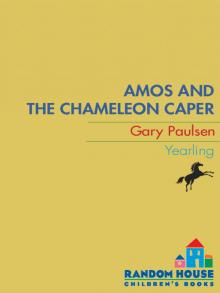 Amos and the Chameleon Caper
Amos and the Chameleon Caper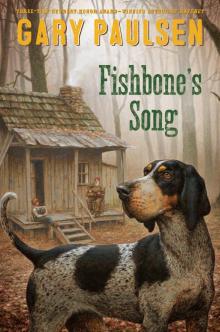 Fishbone's Song
Fishbone's Song Curse of the Ruins
Curse of the Ruins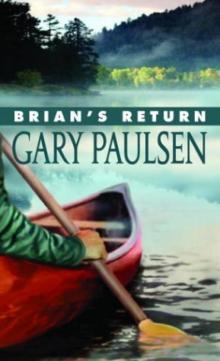 Brian's Return br-4
Brian's Return br-4 Molly McGinty Has a Really Good Day
Molly McGinty Has a Really Good Day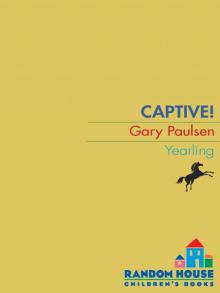 Captive!
Captive! Culpepper's Cannon
Culpepper's Cannon The Car
The Car Puppies, Dogs, and Blue Northers
Puppies, Dogs, and Blue Northers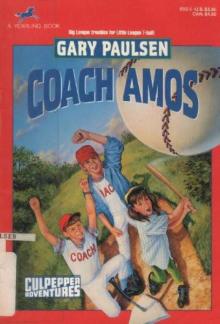 Coach Amos
Coach Amos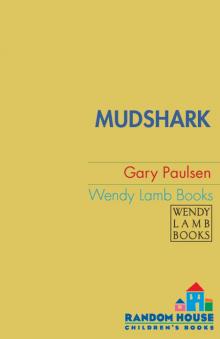 Mudshark
Mudshark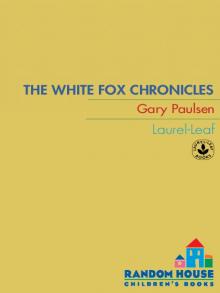 The White Fox Chronicles
The White Fox Chronicles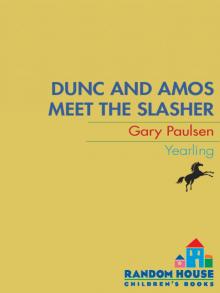 Dunc and Amos Meet the Slasher
Dunc and Amos Meet the Slasher Field Trip
Field Trip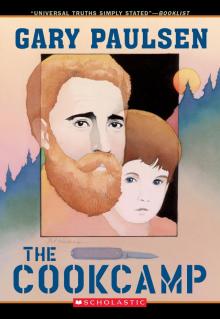 The Cookcamp
The Cookcamp Crush
Crush Lawn Boy Returns
Lawn Boy Returns Liar, Liar k-1
Liar, Liar k-1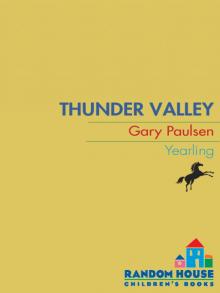 Thunder Valley
Thunder Valley The Tent
The Tent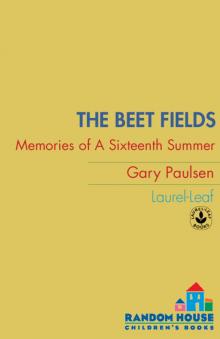 The Beet Fields
The Beet Fields The Creature of Black Water Lake
The Creature of Black Water Lake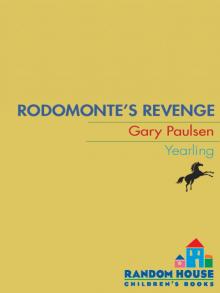 Rodomonte's Revenge
Rodomonte's Revenge Guts
Guts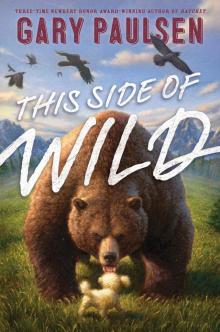 This Side of Wild
This Side of Wild The Rifle
The Rifle The Time Hackers
The Time Hackers Amos Goes Bananas
Amos Goes Bananas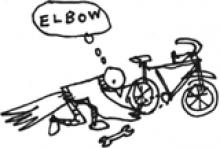 The Amazing Life of Birds
The Amazing Life of Birds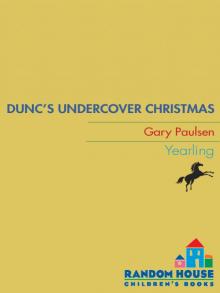 Dunc's Undercover Christmas
Dunc's Undercover Christmas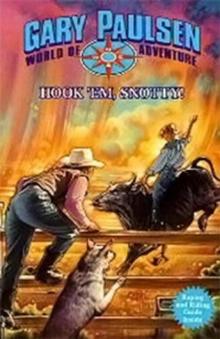 Hook 'Em Snotty
Hook 'Em Snotty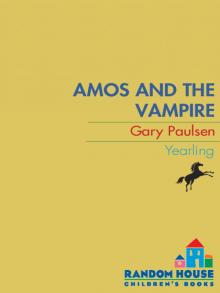 Amos and the Vampire
Amos and the Vampire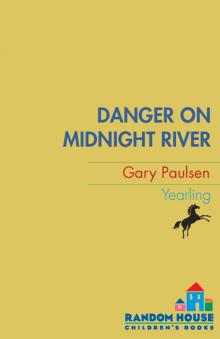 Danger on Midnight River
Danger on Midnight River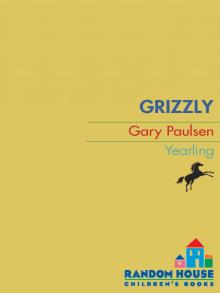 Grizzly
Grizzly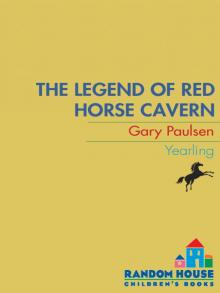 The Legend of Red Horse Cavern
The Legend of Red Horse Cavern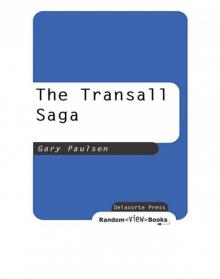 The Transall Saga
The Transall Saga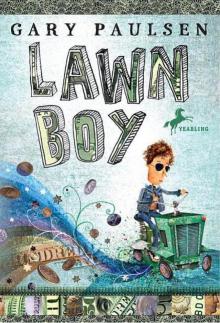 Lawn Boy
Lawn Boy The Case of Dunc's Doll
The Case of Dunc's Doll A Christmas Sonata
A Christmas Sonata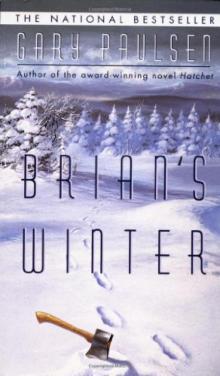 Brian's Winter br-3
Brian's Winter br-3 Vote
Vote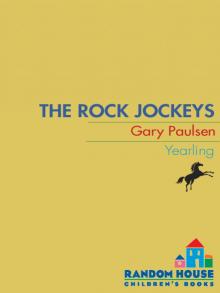 The Rock Jockeys
The Rock Jockeys Nightjohn
Nightjohn Escape from Fire Mountain
Escape from Fire Mountain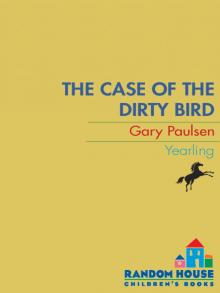 The Case of the Dirty Bird
The Case of the Dirty Bird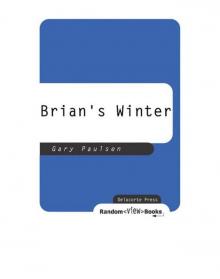 Brian's Winter
Brian's Winter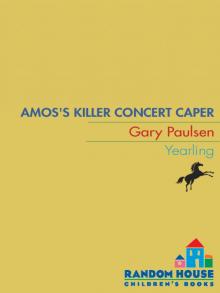 Amos's Killer Concert Caper
Amos's Killer Concert Caper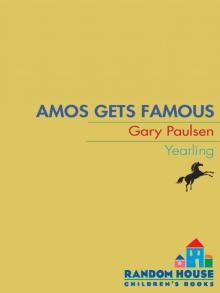 Amos Gets Famous
Amos Gets Famous Brian's Return
Brian's Return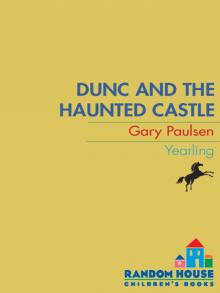 Dunc and the Haunted Castle
Dunc and the Haunted Castle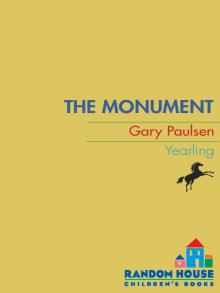 The Monument
The Monument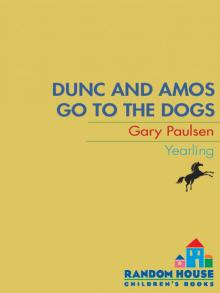 Dunc and Amos Go to the Dogs
Dunc and Amos Go to the Dogs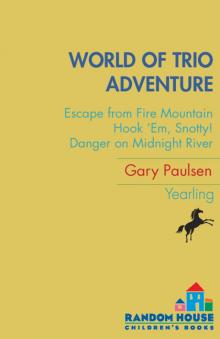 World of Adventure Trio
World of Adventure Trio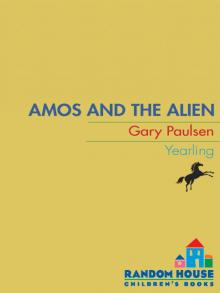 Amos and the Alien
Amos and the Alien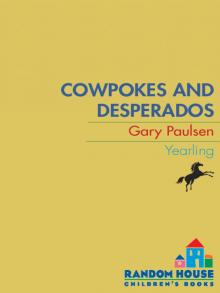 Cowpokes and Desperadoes
Cowpokes and Desperadoes Dunc and Amos and the Red Tattoos
Dunc and Amos and the Red Tattoos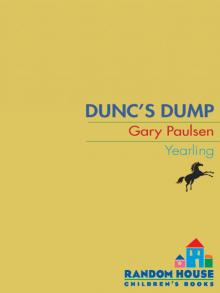 Dunc's Dump
Dunc's Dump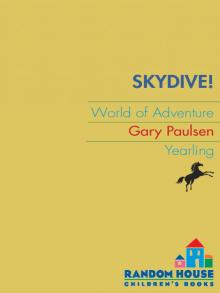 Skydive
Skydive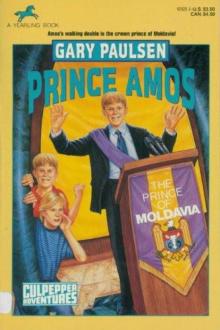 Prince Amos
Prince Amos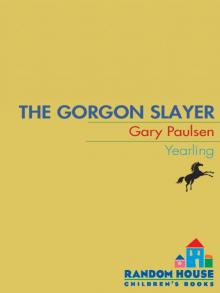 The Gorgon Slayer
The Gorgon Slayer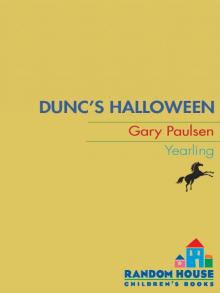 Dunc's Halloween
Dunc's Halloween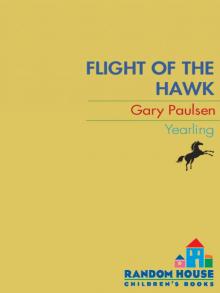 Flight of the Hawk
Flight of the Hawk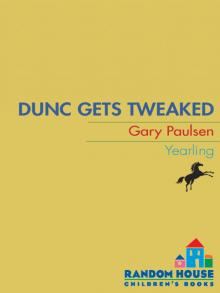 Dunc Gets Tweaked
Dunc Gets Tweaked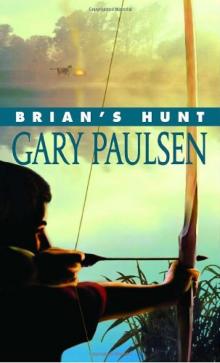 Brian's Hunt br-5
Brian's Hunt br-5 The Night the White Deer Died
The Night the White Deer Died